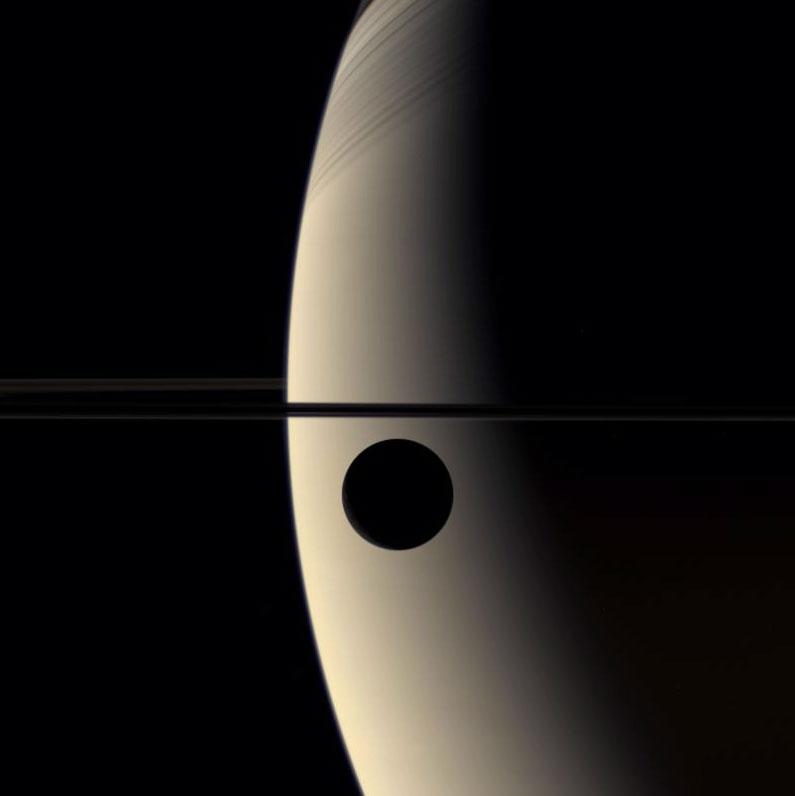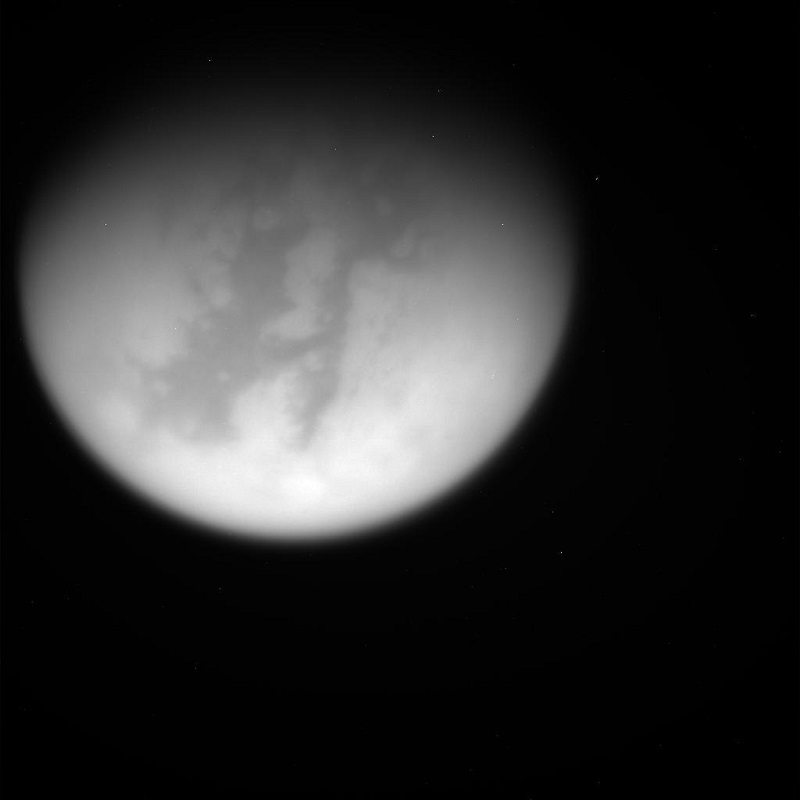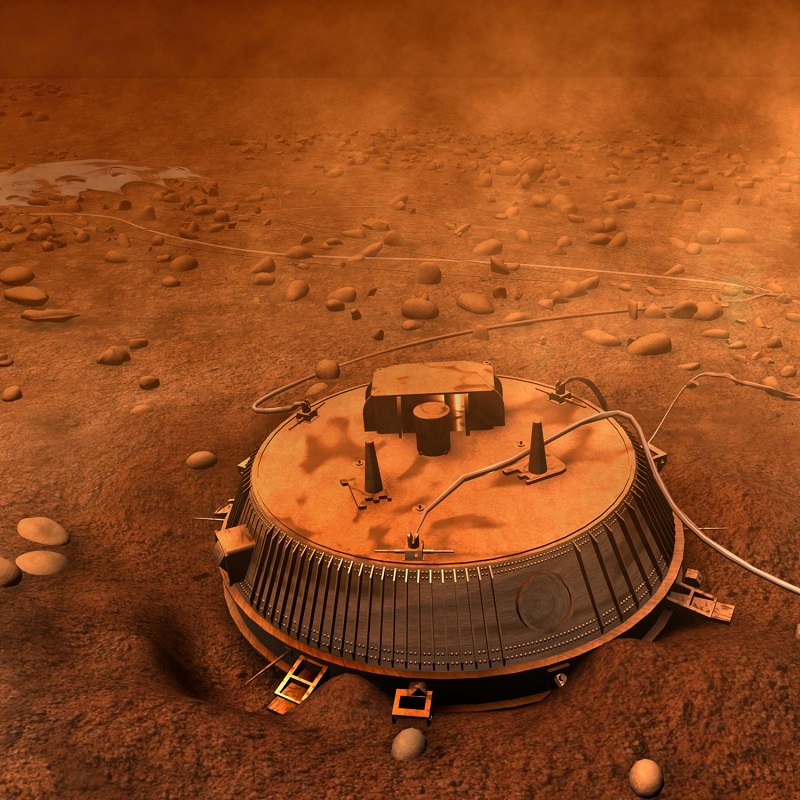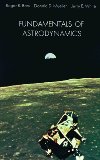NASA dixit:
“June 21, 2006. The slim crescent of the moon Rhea glides silently onto the featureless, golden face of Saturn in this mesmerizing color image. In an interplay of contrast and shadow, the moon goes dark against the planet, and then its crescent suddenly brightens as it slips in front of Saturn’s night side. This view looks down onto the unlit side of Saturn’s rings, which cast soft, linear shadows onto the planet’s northern hemisphere. The images were acquired by the Cassini spacecraft wide-angle camera on March 21, 2006, at a distance of approximately 221,000 kilometers (137,000 miles) from Rhea. The image scale is approximately 13 kilometers (8 miles) per pixel.”
“After almost 20 years in space, NASA’s Cassini spacecraft begins the final chapter of its remarkable story of exploration: its Grand Finale. Between April and September 2017, Cassini will undertake a daring set of orbits that is, in many ways, like a whole new mission. Following a final close flyby of Saturn’s moon Titan, Cassini will leap over the planet’s icy rings and begin a series of 22 weekly dives between the planet and the rings.
No other mission has ever explored this unique region. What we learn from these final orbits will help to improve our understanding of how giant planets – and planetary systems everywhere – form and evolve.
On the final orbit, Cassini will plunge into Saturn’s atmosphere, sending back new and unique science to the very end. After losing contact with Earth, the spacecraft will burn up like a meteor, becoming part of the planet itself.
Cassini’s Grand Finale is about so much more than the spacecraft’s final dive into Saturn. That dramatic event is the capstone of six months of daring exploration and scientific discovery. And those six months are the thrilling final chapter in a historic 20-year journey.”
Image credit: NASA












 Subscribe to blog posts using RSS
Subscribe to blog posts using RSS










